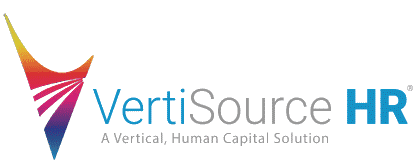For over a decade, California employers have been tasked to ensure their outdoor workers are protected from heat related injuries and illnesses. Measures such as a written heat illness prevention plan, temperature and wet bulb monitoring, designated places that provide shade, water and rest, and training on the many illnesses that can become prevalent when outdoor temperatures rise above 80°F. But in the coming months, employers will be tasked to broaden this protection for their indoor workers and ensure these same outdoor protections are extended when indoor temperatures rise above 82°F.
Although most office spaces are air conditioned, employers do need to be mindful of such spaces as buildings, sheds, warehouses, kitchens, and rooms that are not air conditioned. No different than the existing outdoor heat regulations, when indoor temperatures rise above the 82°F threshold, employers must provide their employees with cool drinking water and a cool area for employees to cool down. Furthermore, if indoor temperatures rise above the 87°F threshold, additional requirements kick in to include the use of engineering controls (air conditioners or swamp coolers) and/or administrative controls (adjusted work practices and schedules) to minimize employee exposure to heat.
After a series of brief delays, the regulation now appears to take effect in the midst of the summer months with some speculating as early as July. Provided below is a list of the proposed regulation requirements:
- Provide free drinking water that is fresh, pure, and suitably cool, near employee work areas;
- Cool-down areas for employees to cool down and rest, near employee work areas;
- Monitor and record temperatures and heat indexes in employee work areas;
- Involve employees in the monitoring of temperatures and evaluating heat risk factors;
- Allow (and encourage) employees to take preventative cool-down rests in designated cool-down areas and monitor them for signs of any heat-related illness.
- Use of engineering controls to reduce the temperature (i.e., air conditions, swamp coolers);
- Use of administrative controls to minimize heat-related risks (i.e., adjusted work practices and schedules);
- Establish and maintain a written Indoor Health Illness Prevention Plan with emergency response procedures.
- Monitor new employees during their first fourteen days for acclimation; and
- Ensure all employees are trained in Heat Illness Prevention Plan and emergency procedures.
At this time, there appears to be exemptions for storage sheds and outdoor spaces that are strictly utilized for storage; however, these exemptions appear to only apply to such spaces if the indoor temperature remains below 95°F. In other words, employers will also be required to monitor these spaces as well even if employees do not actively work in them. For example, if the storage space indoor temperature reaches above 95°F, then the employer must comply with the same indoor heat regulation used in the employee workspace.
We hope this memorandum will provide valuable guidance to help business owners with California’s proposed Indoor Health Illness Regulation. If at any point in the process you require additional information or need support, please do not hesitate to reach out to us.
We are happy to help!
References:
https://www.gov.ca.gov/2024/05/31/governor-newsom-signs-legislation-5-31-24/


